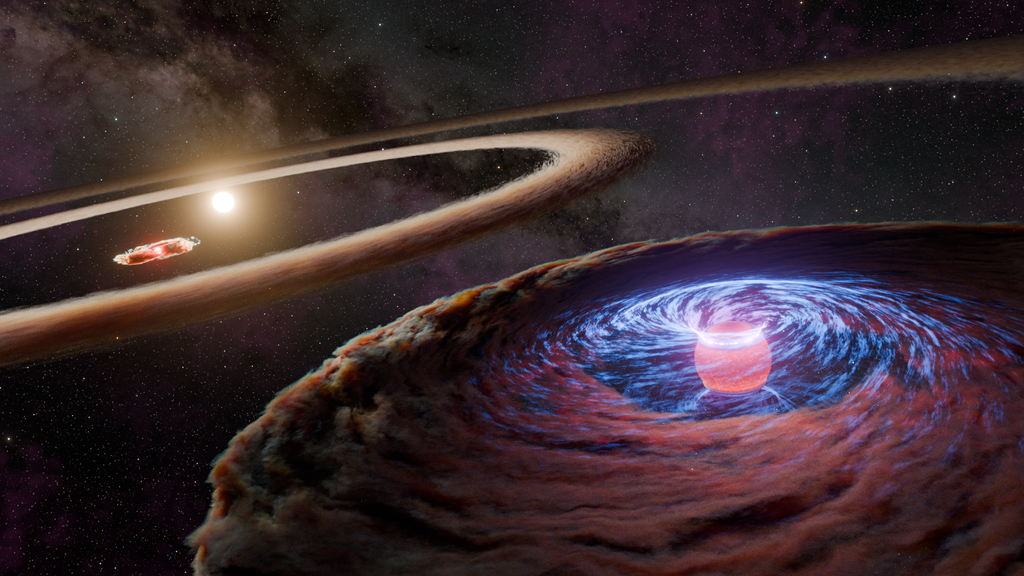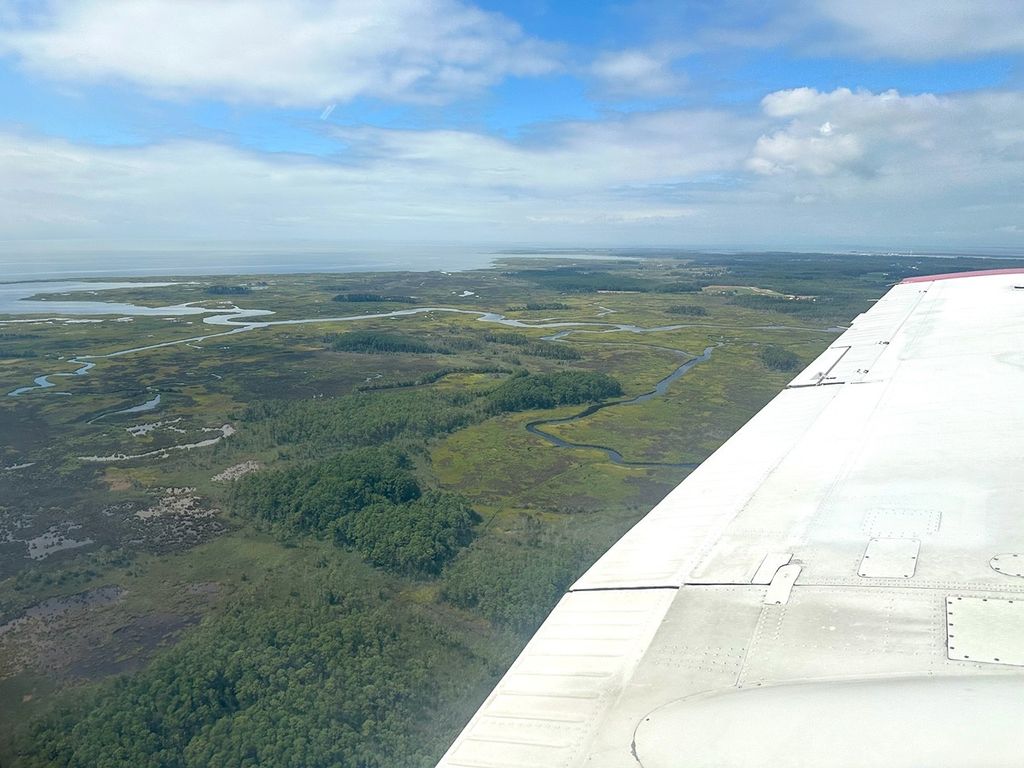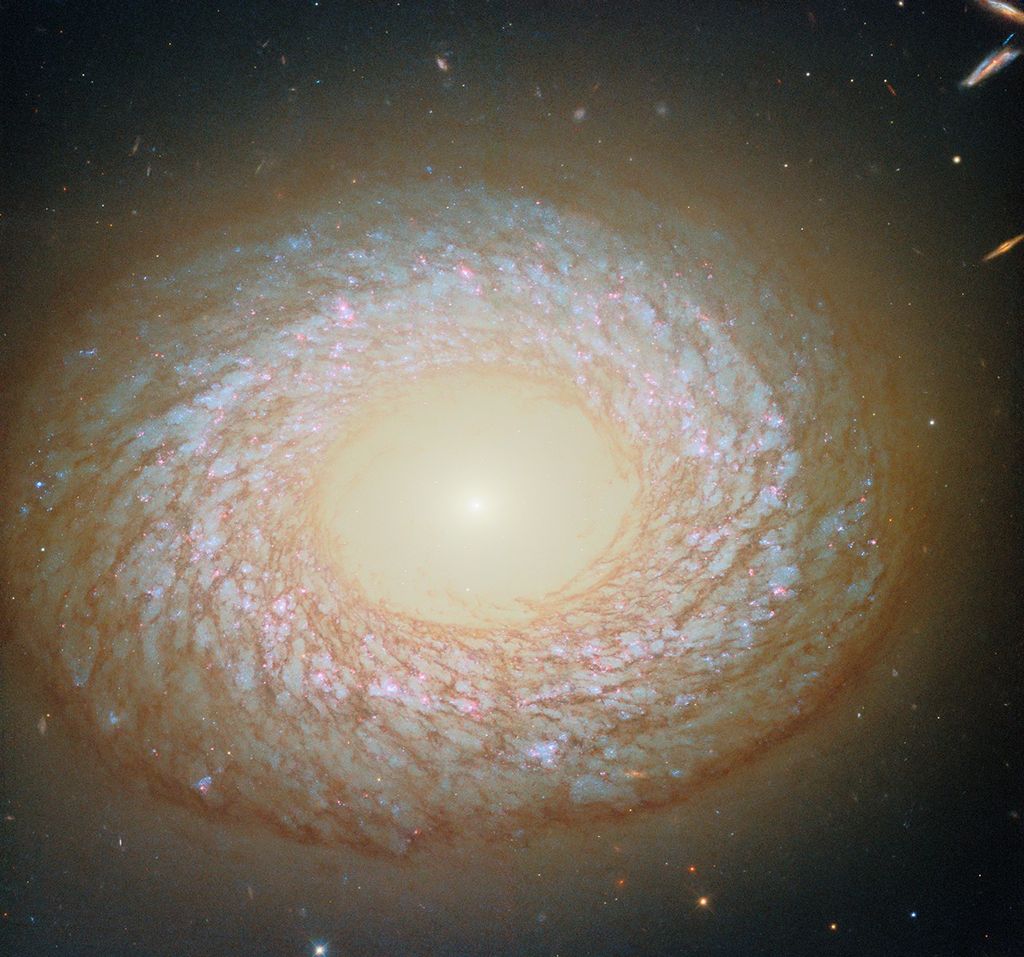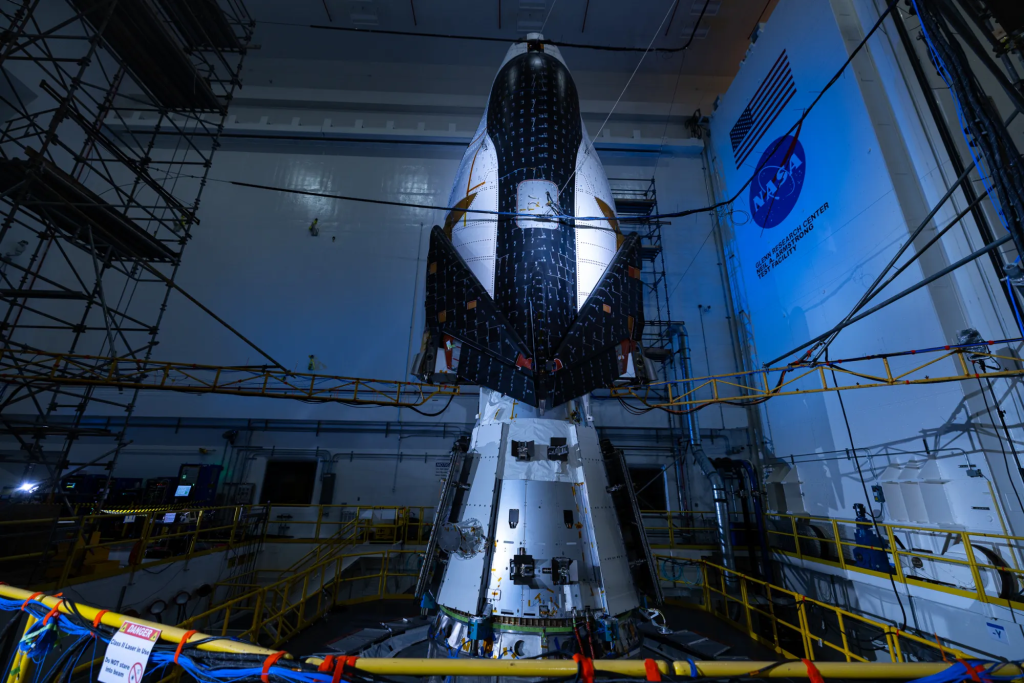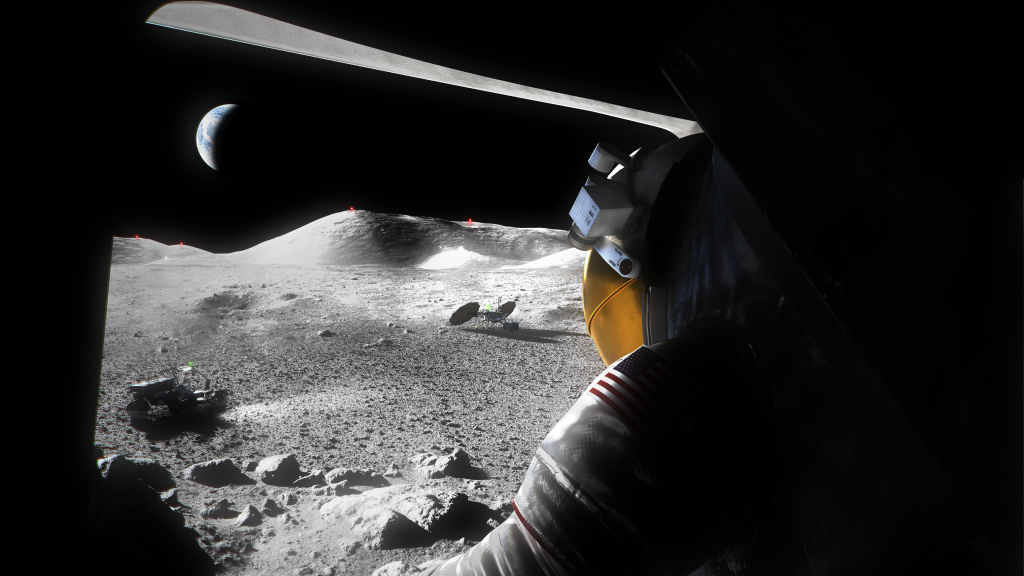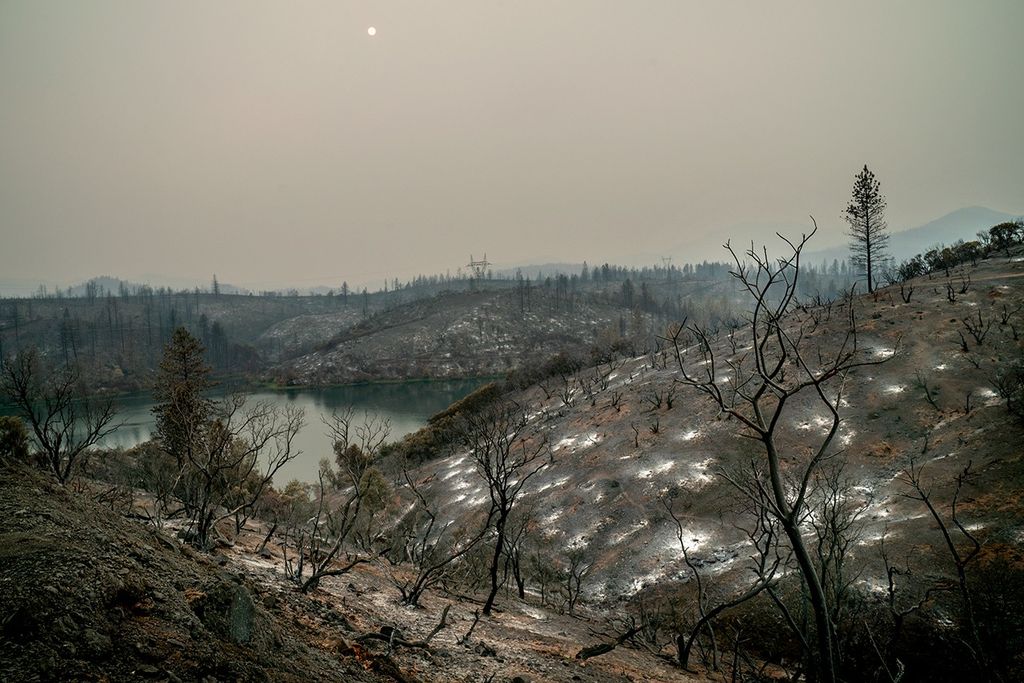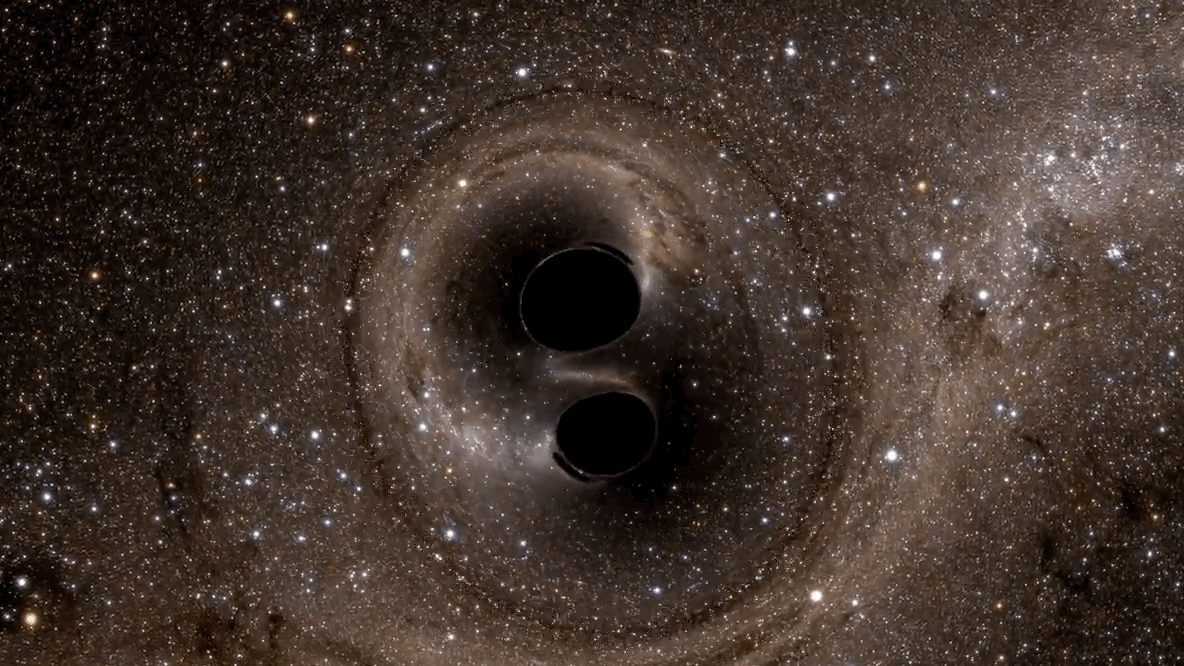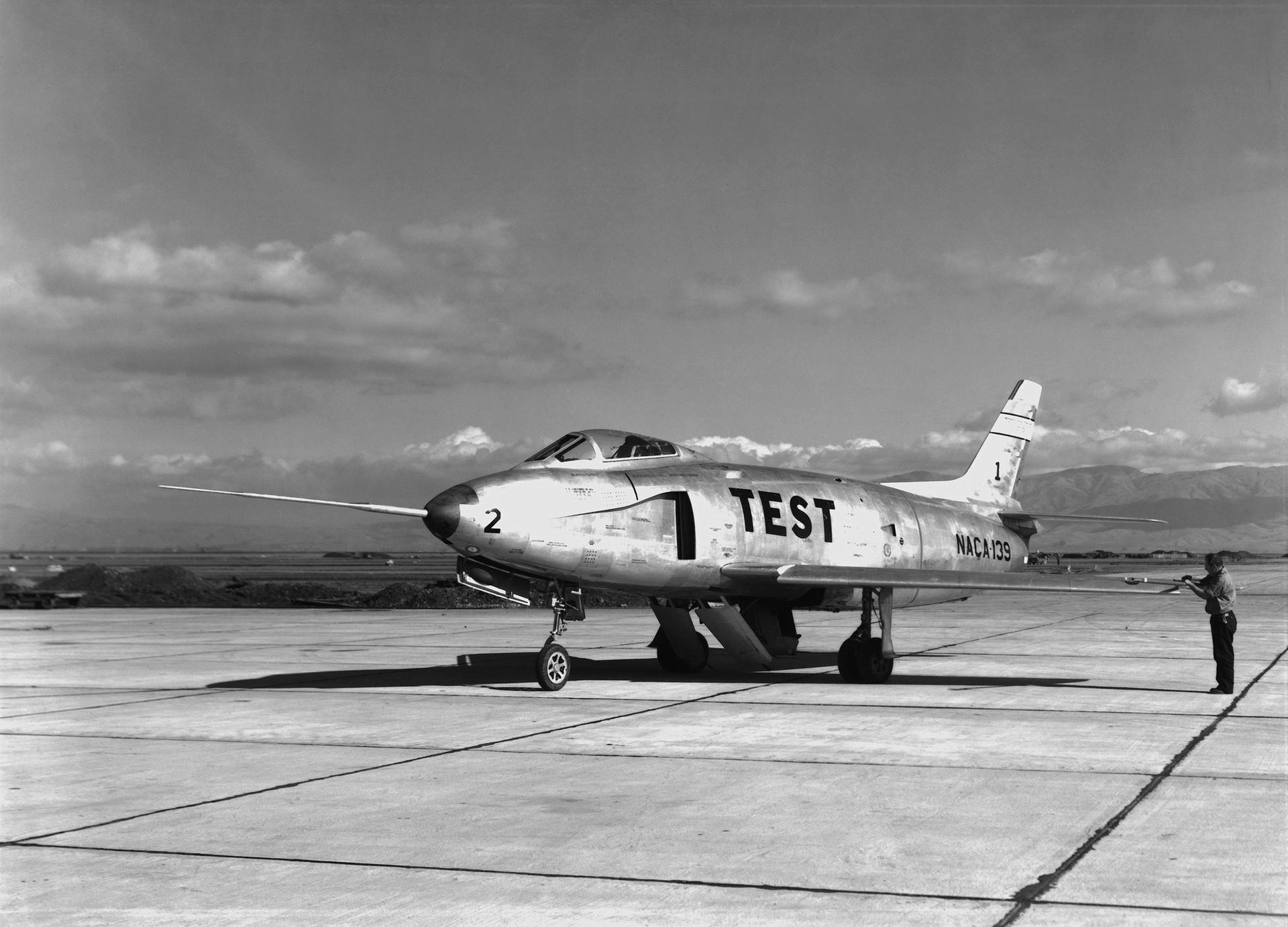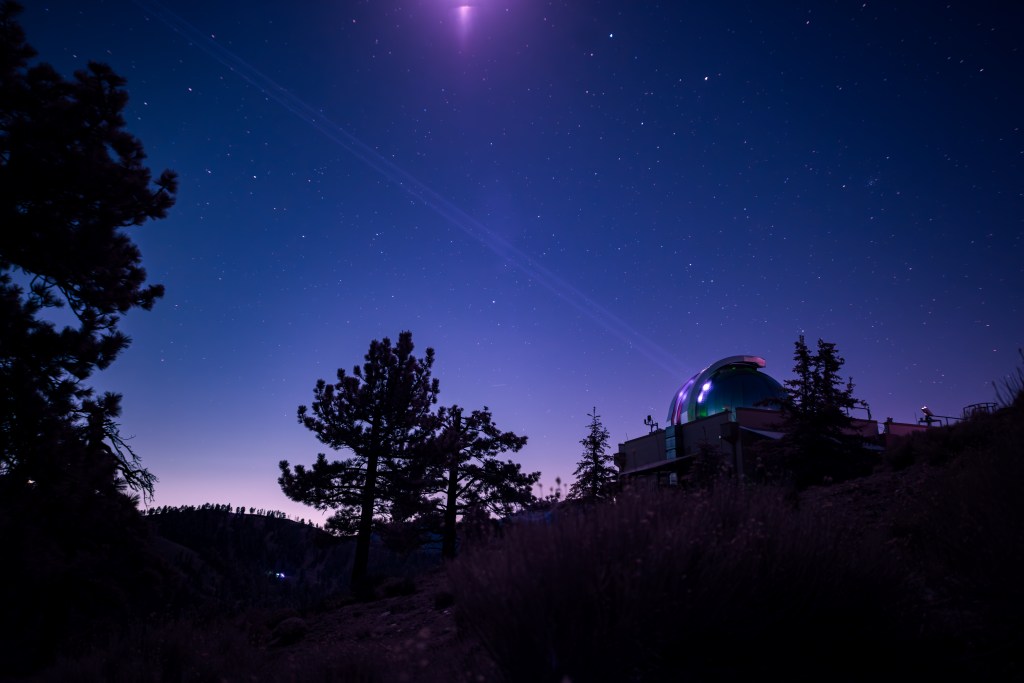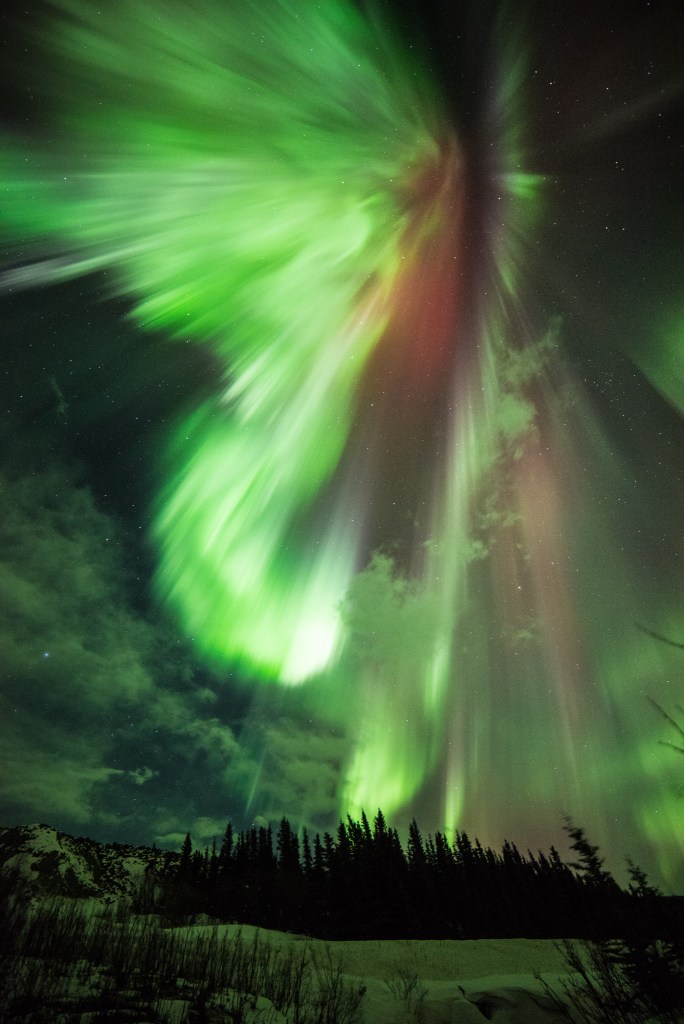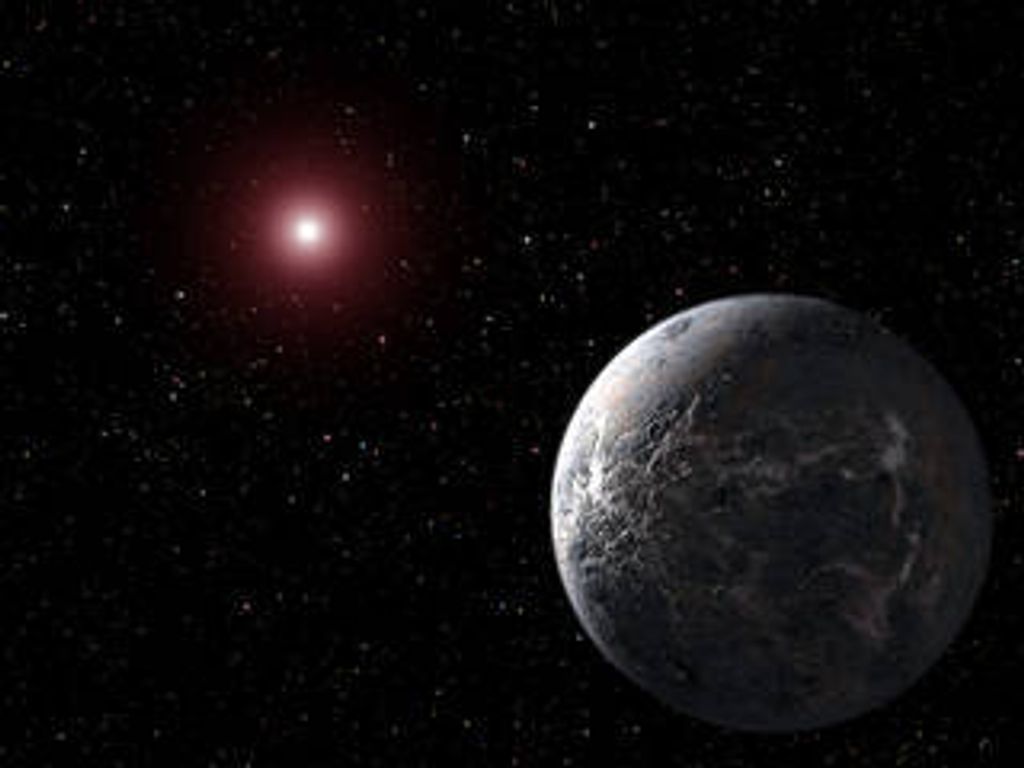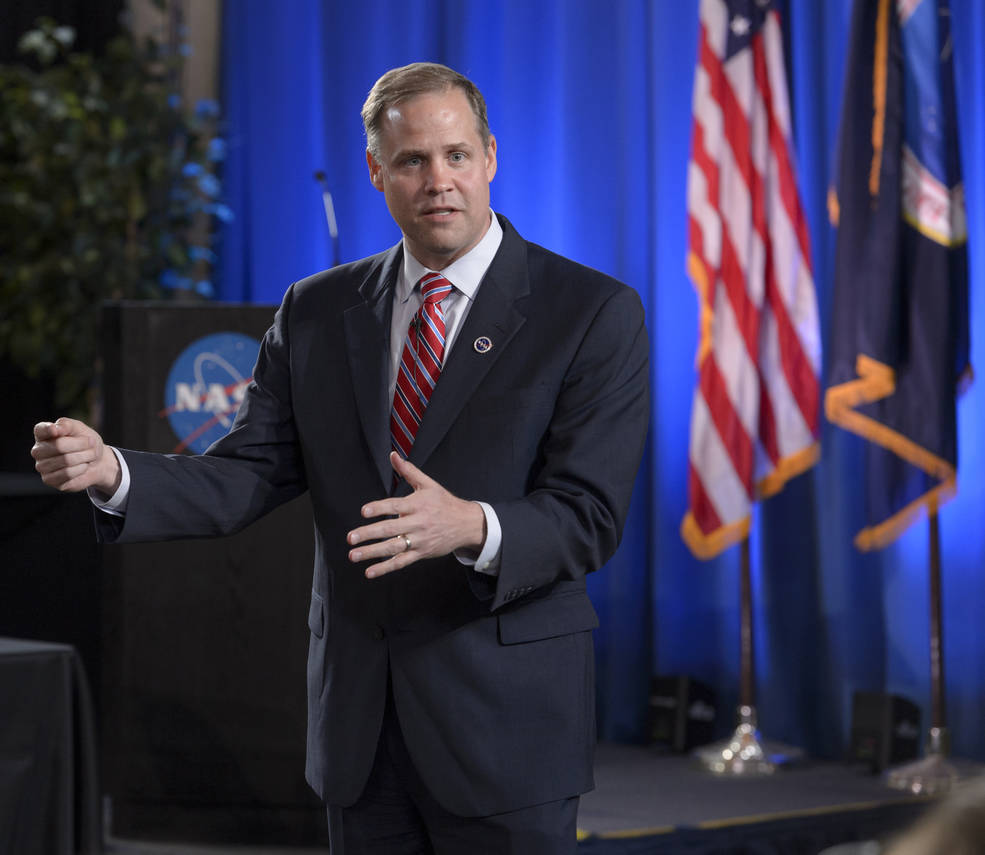NASA Administrator Meets Agency’s Innovators in Silicon Valley
On Aug. 30, 2018, NASA Administrator Jim Bridenstine toured NASA Ames for the first time, recognizing the workforce for its contributions as the center prepares to celebrate its 80th birthday next year.
“You’re going to be a part of making history, as your predecessors were a part of making history, and the United States of America is going to be better for it,” Bridenstein stated during his visit.
Bridenstine, who was sworn into office April 23, 2018, as the agency’s 13th administrator, has been touring the ten NASA field centers across the country, meeting the workforce that’s making NASA’s missions happen – from early-stage innovation to day-to-day operations of exploration.
While here, he saw a variety of research and facilities supporting every element of NASA’s portfolio, from aeronautics to space technology, human exploration and science.
For full story, see: AdministratorVisitsAmes
For additional photos, contact Lynn Albaugh at: lynn.albaugh@nasa.gov
Exploring the Solar System? You May Need to Pack an Umbrella
by Kimberly Minafra and Gianine Figliozzi
Gearing up for its first flight test, NASA’s Adaptable Deployable Entry Placement Technology, or ADEPT, is no ordinary umbrella. ADEPT is a foldable device that opens to make a round, rigid heat shield, called an aeroshell. This game-changing technology could squeeze a heat shield into a rocket with a diameter larger than the rocket itself. The design may someday deliver much larger payloads to planetary surfaces than is currently possible.
For full story, see: ADEPT
JPL’s Mars InSight Roadshow Visits Ames
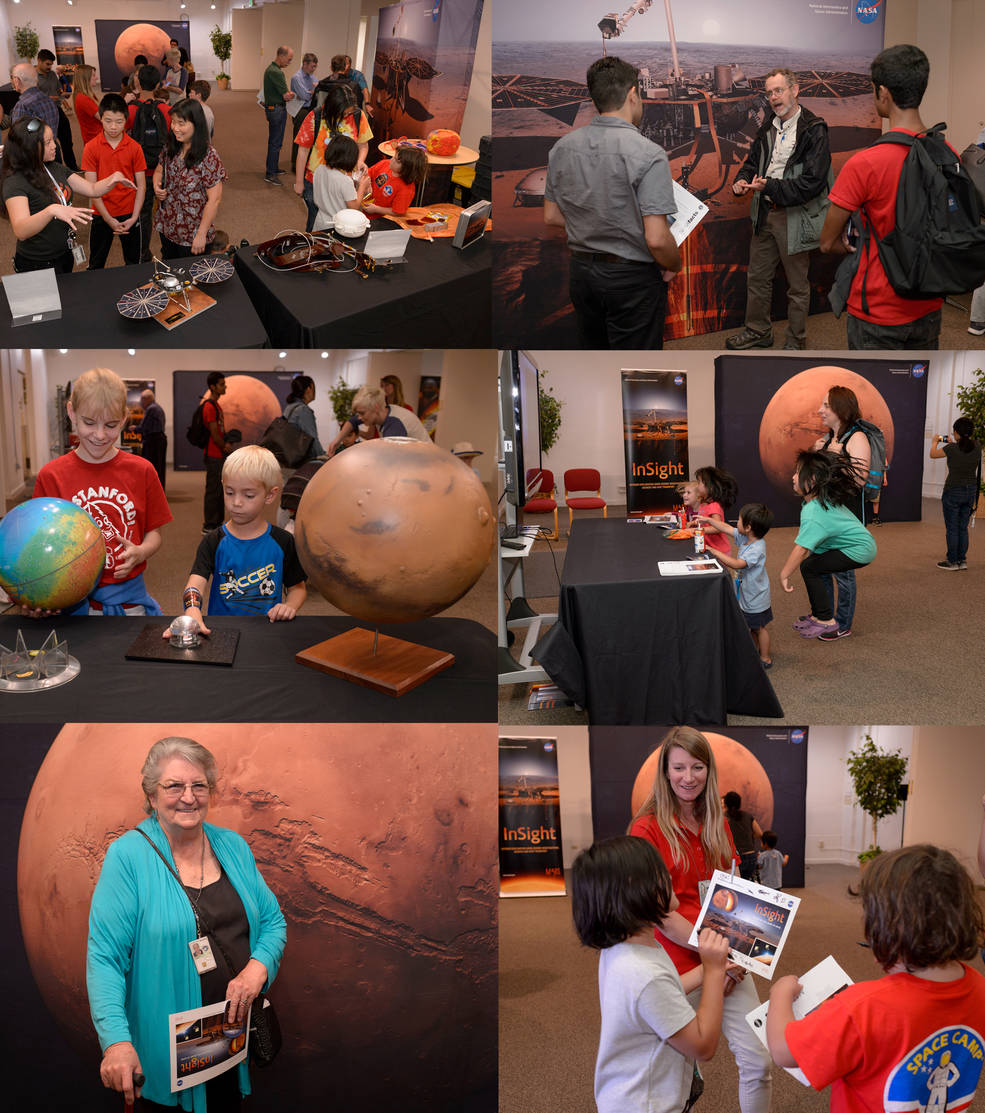
Scientists and engineers working on NASA’s InSight Mission came to Ames with their Mars InSight Roadshow on Sept. 20 – Sept. 21, 2018, in the NASA Ames Conference Center Showroom. InSight stands for Interior Exploration using Seismic Investigations, Geodesy and Heat Transport. InSight is the first mission to study the deep interior of Mars, using an ultra-sensitive seismometer, a heat-flow probe and other instruments.
InSight launched on May 5, 2018, from Vandenberg Air Force Base — the first interplanetary launch from the West Coast. Leading up to the landing on Mars on Nov. 26, 2018, the Mars InSight Roadshow is visiting cities throughout quake-prone California to explain how the robotic lander will study Mars’ deep interior using seismology and other geophysical measurements.
Learn more about future dates and details at: https://mars.nasa.gov/insight/participate/roadshow/
InSight is managed for NASA by the agency’s Jet Propulsion Laboratory in Pasadena, California. JPL is a division of Caltech.
History of Airborne Astronomy at NASA
Sixty years ago, in 1958, NASA was founded as the National Aeronautics and Space Administration. The agency has a long history of using airplanes to study space. Flying at high altitudes puts telescopes above the water vapor in Earth’s atmosphere that blocks certain types of light, like infrared, from reaching ground-based telescopes. Airborne observatories can also go anywhere to conduct observations, enabling researchers to study transient events, such as the eclipse-like events called occultations to learn about distant planets and objects
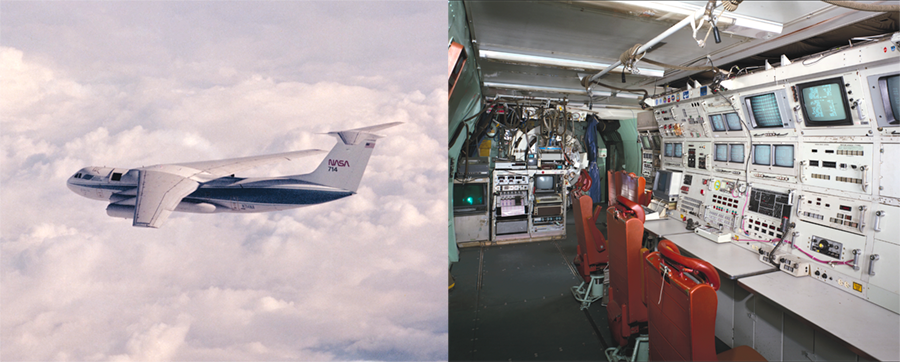
For full story, see: HistoryAirborneAstronomy
Delicious Bread Bowls, Good Music and Ice Cream Make for a Fine Fall Festival
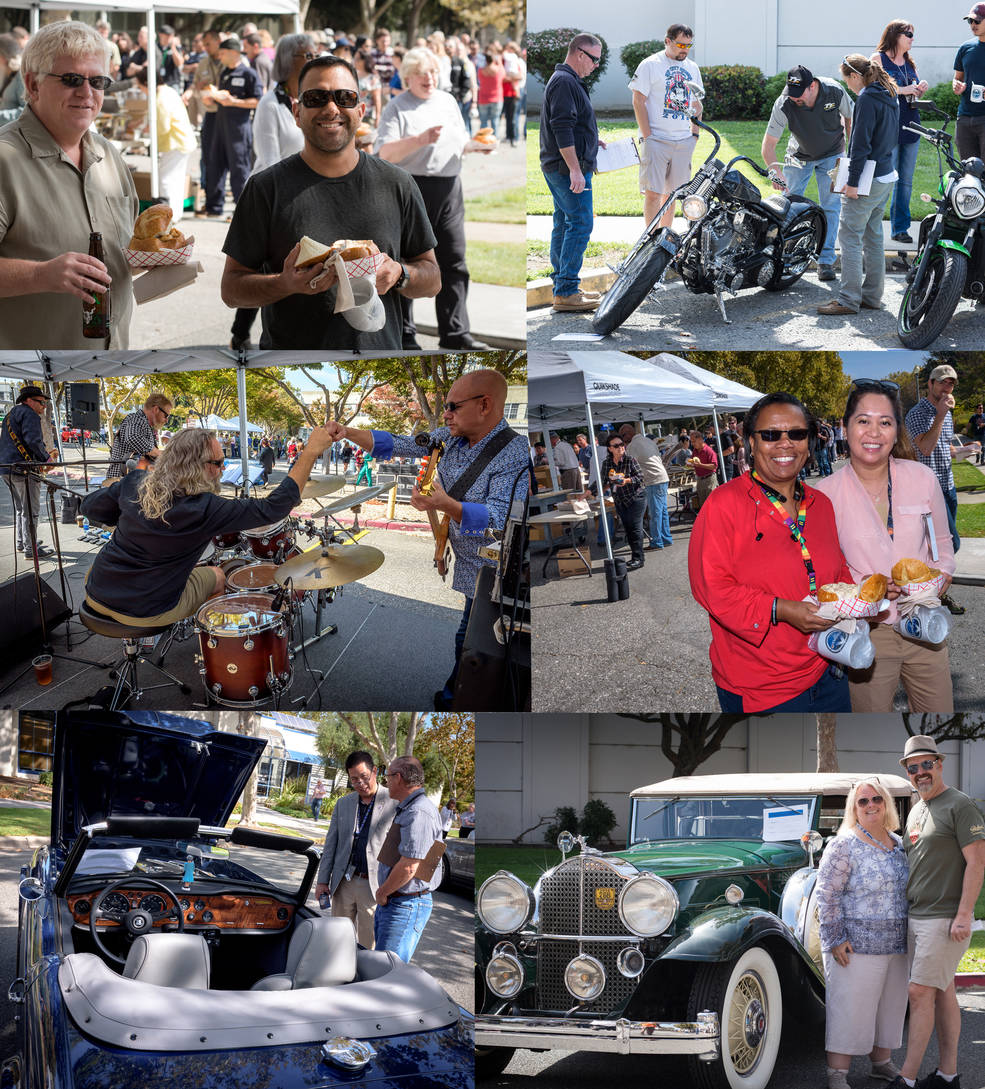
Ames Veterans Committee Holds Art Therapy Session Designed to Relieve Stress
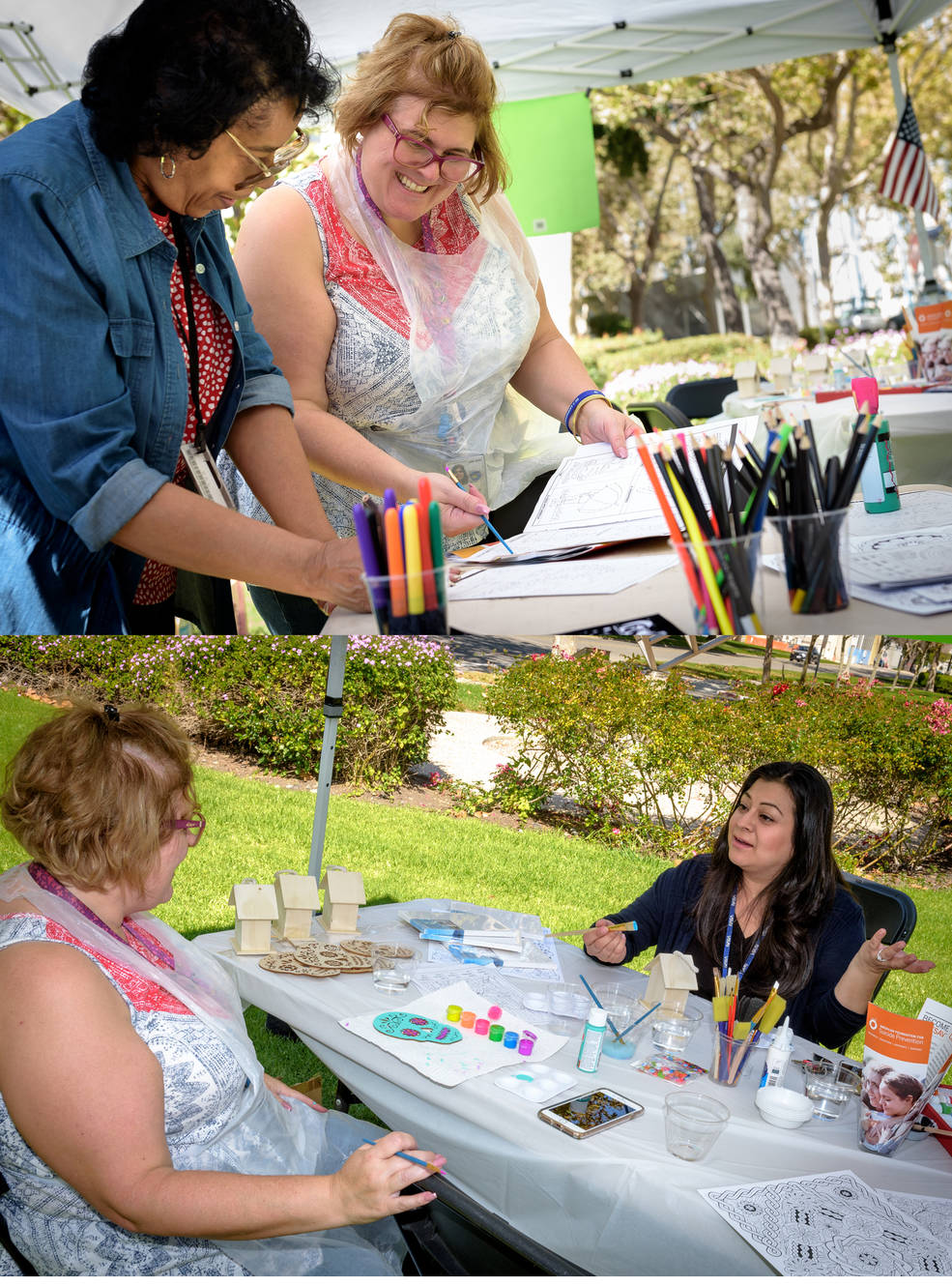
Benjamin Wu Discusses the Impact of Cloud Collisions on Star Formation

NASA Researchers Share Ideas to Address Most Pressing Issues in Civil Aviation
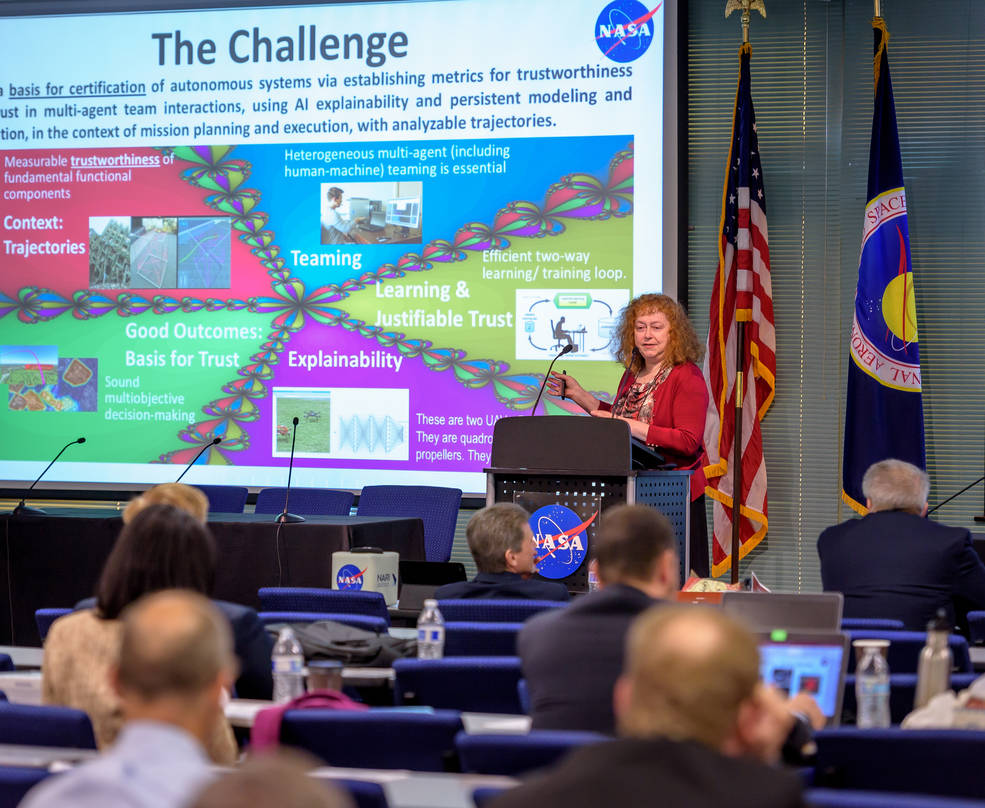
Akbar Sultan Speaks About the Airspace Operations and Safety Program

Carbone Focuses on Applied Ethics of Using Animals as Experimental Subjects
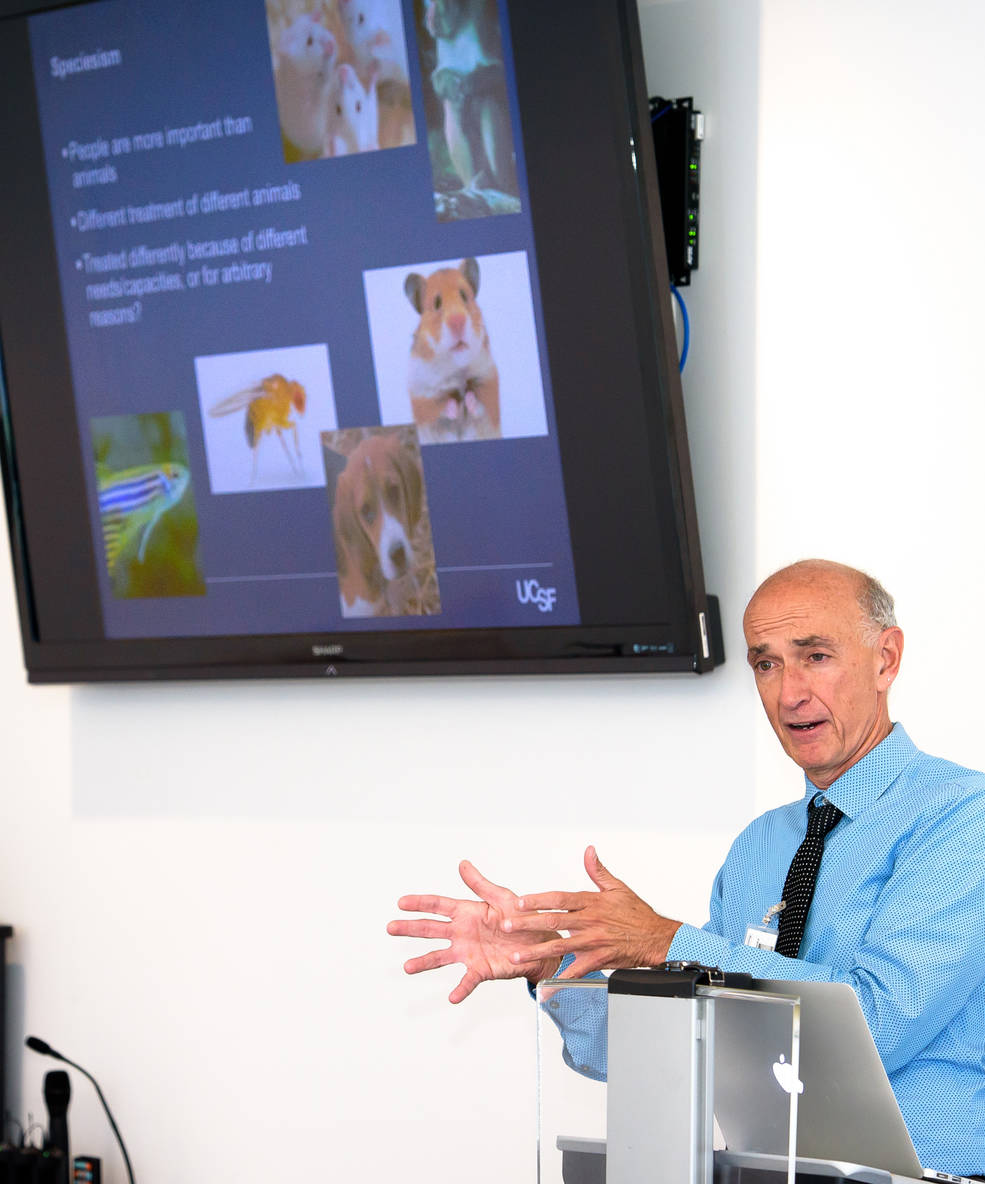
Lightning Talks, Poster Session are Highlights at Research and Technology Showcase (ARTS)
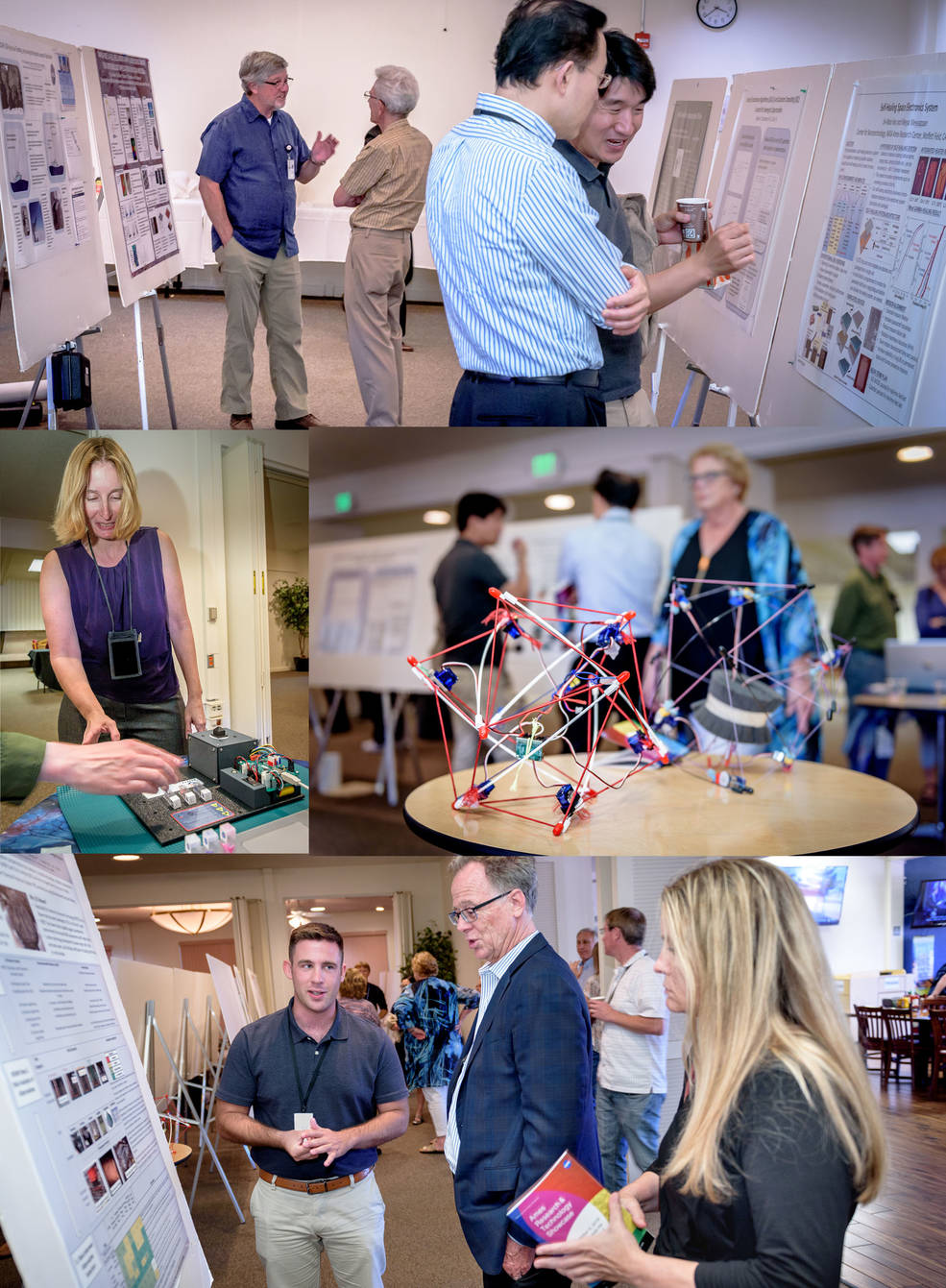
Freeman Shares Endophyte Enhanced Poplar Tree Phytoremediation Studies
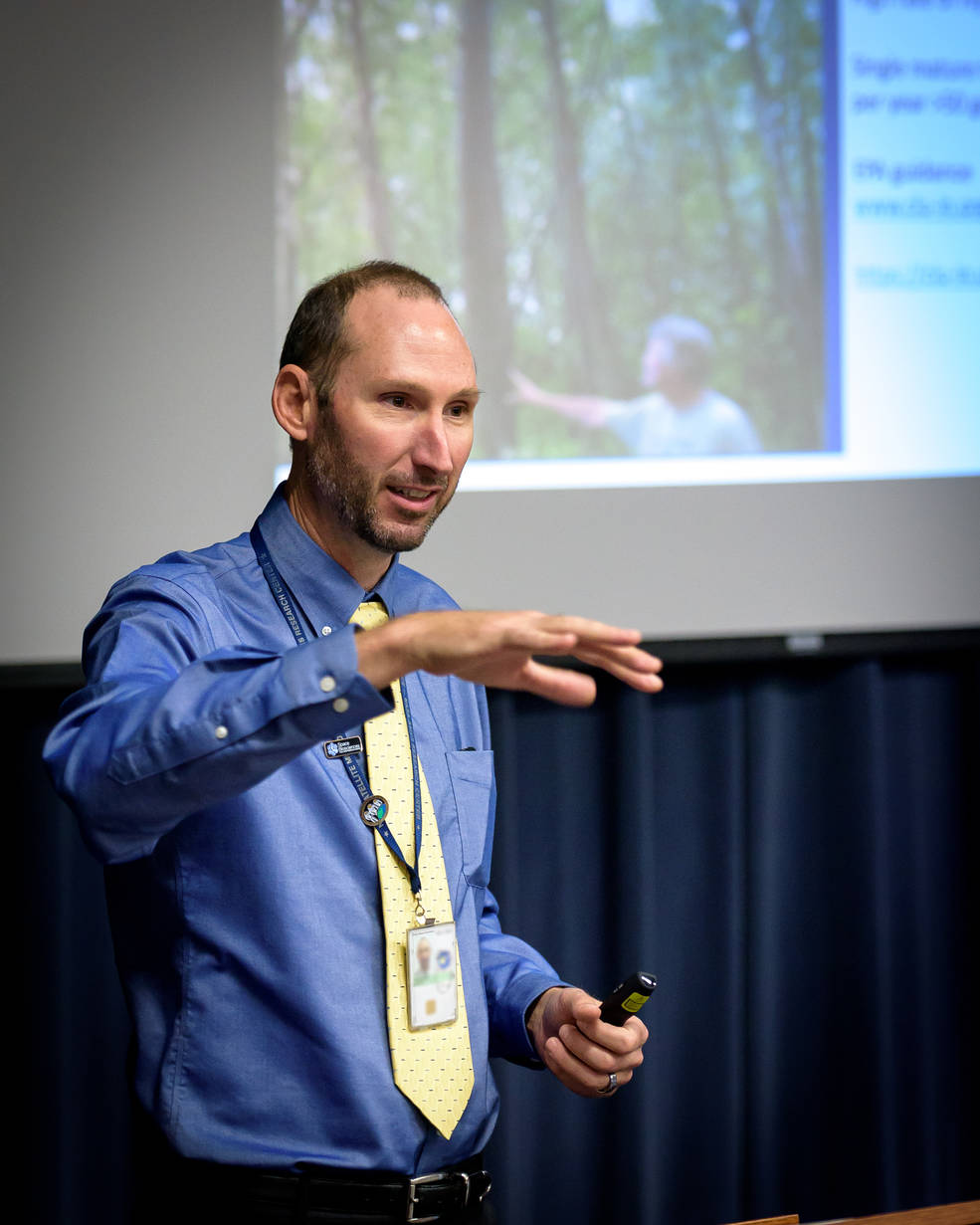
Cavolowsky Gives Overview of Transformative Aeronautics Concepts Program


